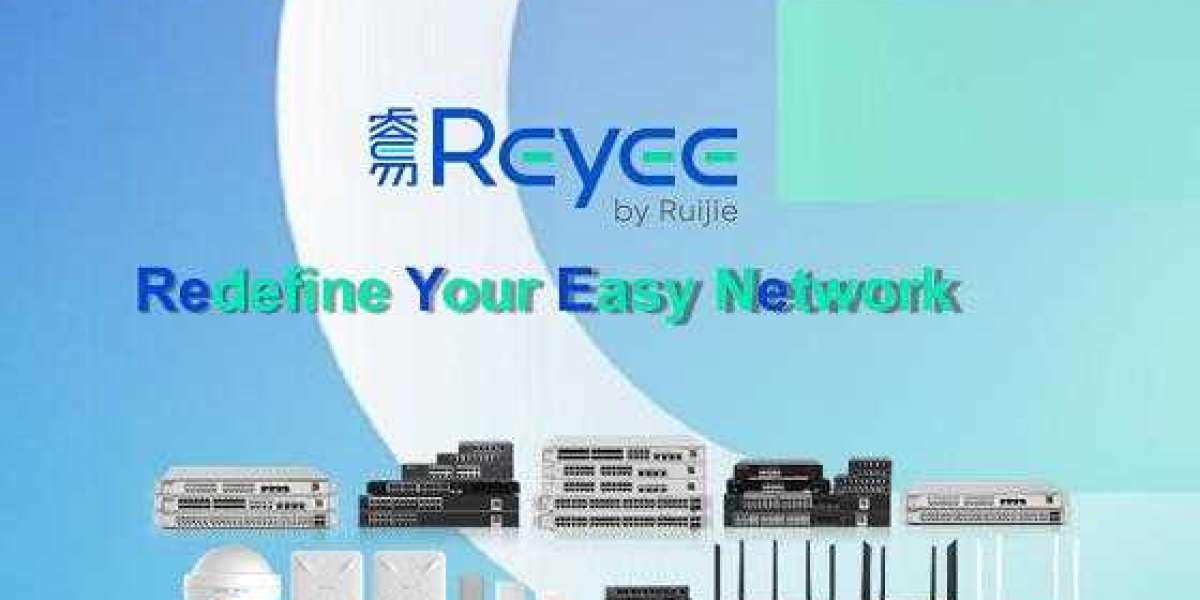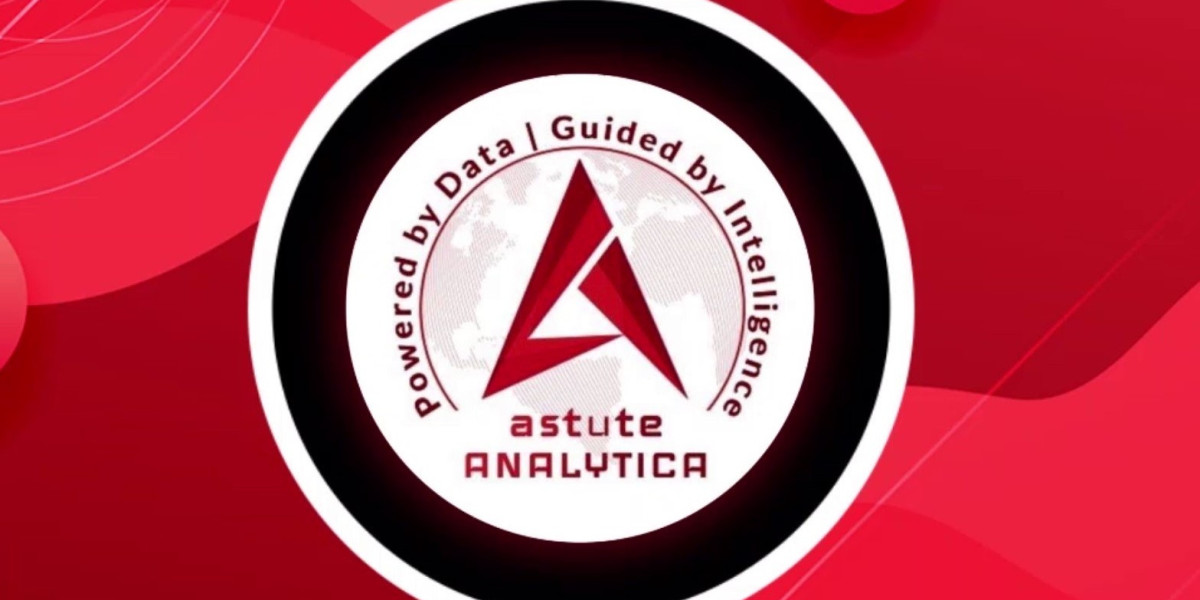Data Center Computing
The server is the engine of the data center. On the server, the processing and memory used to run applications may be physical, virtualized, distributed across containers, or distributed between remote nodes in the edge computing model. The data center must use the most suitable processor for the task, for example, a general-purpose CPU may not be the best choice for solving artificial intelligence (AI) and machine learning (ML) problems.
Data center storage
The data center hosts a large amount of sensitive information, both for its own purposes and for the needs of customers. The reduction in storage media costs increases the amount of storage available for local, remote, or both backup data. The advancement of non volatile storage media has reduced data access time. In addition, like anything else defined by software, software defined storage technology improves the efficiency of managing storage systems.
Data Center Network
The data center network equipment includes cables, switches, routers, and firewalls, which connect servers together and connect to the external world. If configured and structured correctly, they can manage a large amount of traffic without affecting performance. A typical three-layer network topology consists of core switches at the edge, which connect the data center and the Internet, and the intermediate convergence layer connects the core layer and the access layer where the server is located. Technological advancements such as large-scale network security and software defined networks have brought cloud level agility and scalability to local networks.
Data center support infrastructure
The data center is a critical asset that requires strong and reliable support infrastructure to protect, consisting of power subsystems, uninterruptible power supplies (UPS), backup generators, ventilation and cooling equipment, fire suppression systems, and building safety systems.
Organizations such as the Telecommunications Industry Association (TIA) and Uptime Institute have developed industry standards to assist in the design, construction, and maintenance of data center facilities. For example, the Uptime Institute defines the following four levels:
Tieri 1: Basic capacity, must include UPS.
Tier 2: Redundant capacity with added redundant power and cooling capabilities.
Layer 3: Concurrent maintenance and ensuring that any component can stop serving without affecting production.
Layer 4: Fault tolerance, allowing any production capacity to be isolated from any type of fault.
Data Center Security
In addition to the building security systems that support data center facilities discussed above, data center networks also need to incorporate thorough zero trust analysis into any data center design. The data center firewall, data access control, IPS, WAF, and their modern equivalent web application and API protection (WAAP) systems need to be appropriately specified to ensure that they are expanded as needed to meet the needs of the data center network. Furthermore, if you are choosing a data storage or cloud service provider, it is important to understand the security measures they use for your data center. Invest in the highest possible level of security to ensure the security of your information.
Collaborating with data center switches providers is a good way to achieve these goals. Check Point Maestro provides ultra large scale security that can be scaled on demand to meet the organization's data center security needs. For more information, please refer to this ESG white paper. Then, schedule a free demonstration of Maestro Hyperscale Network Security.



